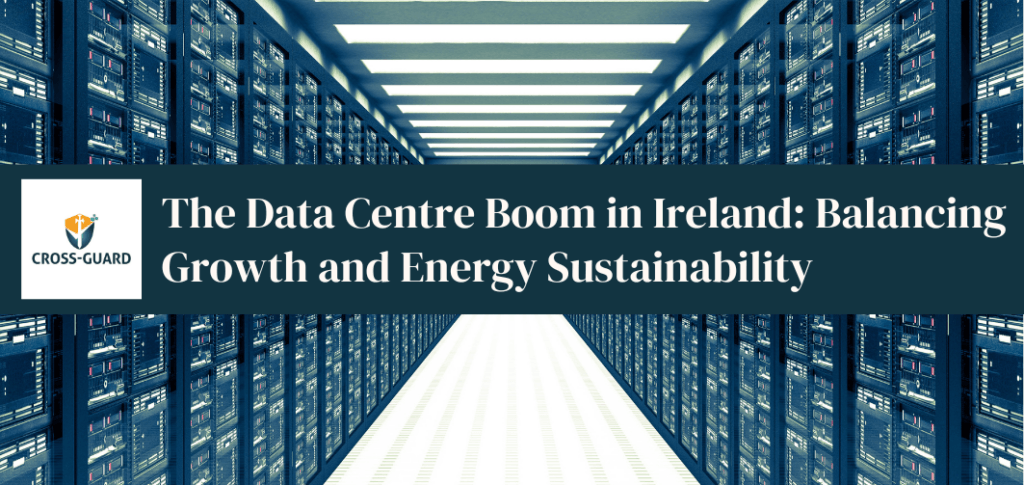The Data Centre Boom in Ireland: Balancing Growth and Energy Sustainability

The global push for electrification is driving up projected consumption rates, underscoring the urgent need for accelerated development and activation of renewable energy generation projects. The International Energy Agency (IEA) forecasts a 50% to 100% increase in global electric power generating capacity by 2050, while generation is expected to grow by only 30% to 76% during the same period.
In Ireland, data centres are estimated to have consumed approximately 5.3TWh of electricity in 2022, marking a 31% increase from 2021. This accounts for around 17% of the country’s electricity demand and nearly matches the combined electricity consumption of all urban residences. According to a report by Irish construction consultancy Mitchell McDermott, Ireland has emerged as a leading data centre hub in Europe, surpassing rival markets within the FLAPD group (Frankfurt, London, Amsterdam, Paris, and Dublin).
The firm has emphasised that Ireland’s strategic location provides it with deep sea fibre cable connections from the US, Europe, and other regions. Additionally, Ireland’s common law legal system is highly attractive to many Foreign Direct Investment (FDI) businesses. These factors serve as strong incentives for international businesses to choose Ireland as the location for developing data centres. As a result, Ireland has emerged as a promising future tech hub.
According to an article published by RTE in April 2024, Ireland is currently home to 82 data centres, with an additional 14 under construction and plans approved for 40 more. This surge in data centre development could potentially lead to a remarkable 65% growth in the years to come. Furthermore, Ireland has set ambitious renewable energy targets, commonly referred to as the RES-E target.
The country’s National Energy and Climate Plan (NECP) for 2021-2030 includes a planned target of 70% renewable energy share by 2030, ensuring that renewable energy remains a cornerstone of the nation’s energy usage for the next decade and beyond. Since 2021, Ireland’s Climate Action Plan has included a specific goal to increase the share of electricity generated from renewable sources to 80% by 2030. To maintain data centres as crucial components of foreign and private investment, it is imperative to develop renewable energy generation sources and establish power purchase agreements (PPAs) to supply data centres.
Without an acceleration in the rollout and deployment of low-carbon energy sources, Ireland may struggle to meet its 2030 renewable energy target of achieving up to 80% electricity generation from renewable sources. The adoption of renewable energy generation technologies and the implementation of energy storage solutions to enhance grid flexibility would not only support the continuous growth of Ireland’s tech sector but also align with the Irish government’s commitment to developing data centres powered by carbon-neutral energy. Given this, the urgency to scale renewable energy generation technologies in Ireland has become increasingly apparent.
SHARE
DOWNLOAD A COPY OF OUR BROCHURE

